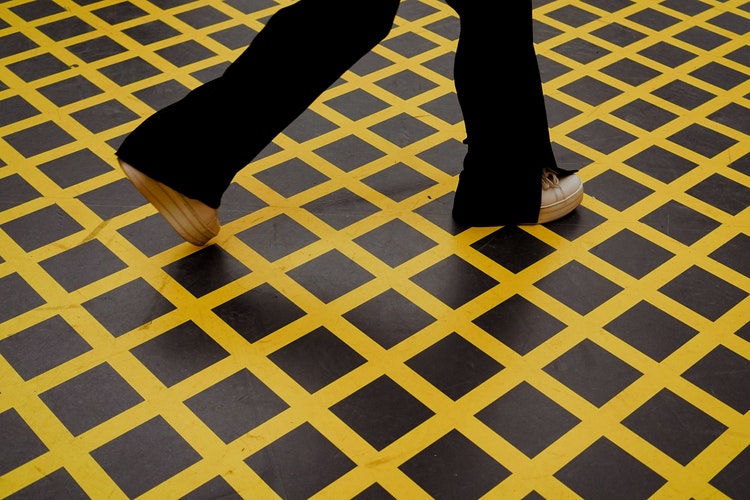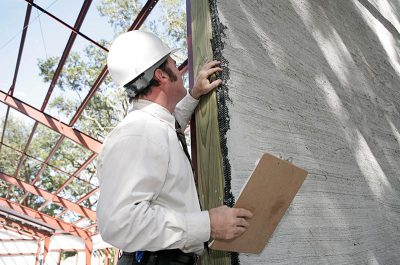The most common type of accidents that occur on pedestrian surfaces (namely public spots and work environments) are slippages. Faulty friction between the shoes and the floor is the reason behind slip mishaps. Slip accidents can sometimes get quite fatal, especially when the injury is in the head. Not all of the trips and slips are that serious, but the high probability of these types of accidents being potentially dangerous has led professionals try their hardest to avoid them. This is the reason slip testing has become a priority in current times.
Slip resistance is dependent on various factors, like the material of the floor, the applied floor finish, texture of the shoes, the way of walking, contaminants on the floor etc. The way of walking of the pedestrian and the material of his shoes is way beyond the control of the slip resistance tester. However, the slip tester expert has full control over the floor construction, its maintenance, presence of contaminants etc. And these are carefully considered when the expert designs and carries out slip resistance testing. Stone Initiatives are just the experts you need to make sure that only slip-resistant floors exist in the world. They are highly experienced and proficient in the testing of slip resistance of pedestrian surfaces, and reducing the risk of slippages considerably.
3 common misconceptions about slip resistance
Most slips are caused due to wet surfaces or surfaces that are lubricated with oil or detergents or chemicals etc. Walking surfaces that were once non-slippery could also turn slippery due to constant wear. If a floor slip test shows that a floor is quite slippery, then there arises the need to go for a floor replacement. Or one may consider to engage in chemical or mechanical processes to make the floor rougher. So, this process plays quite an important role in the entire story. But, did you know there are certain widely believed fallacies about pedestrian slip resistance? If you aren’t aware of these, be prepared for a life-changing surprise!
- Fallacy 1: “If the floor is matte and doesn’t have a shiny finish, it won’t become slippery on getting wet.” But, the actual truth is that they do. The floors which have a matte finish can get quite slippery on being wet. And the worst part is that its appearance could fool the pedestrians into believing that the floor isn’t slippery. Thus, they will not take the required precautions like taking smaller strides or walking more closely etc. This will in turn increase the chances of slips and falls.
- Fallacy 2: “If a floor feels slip resistant to a pedestrian’s shoe when dry, it will also be resistant to the shoe when wet.” Well, to be honest, nothing in the world could be more distant from the actual truth. There are many instances where you would find smooth glossy floors being extremely rough and slip resistant when dry, but dangerously slippery when wet. So, you should never assume this, and expect the same reaction to your shoes! Always trust the word of a professional. Professionals carry out such complex tests like slip tests and mortar analysis which makes it much easier for the common people to gauge the various parameters.
- Fallacy 3: “If the flooring comes with great slip resistance at the time of purchase, it’s going to retain that property forever.” This is one of the dumbest things to believe as a floor purchaser, and is in no way possible. Your floor may give honest, satisfactory friction test results at the time of purchase, but with high foot traffic, that resistance is most likely to last a few weeks or months at the most. So, make sure to not get your expectations broken by keeping such unrealistic ones.
So, these were three of the most common and widely believed fallacies that people have regarding floor slip resistance. It was time we busted these myths for you, and you must be so glad we did. Aren’t you?






